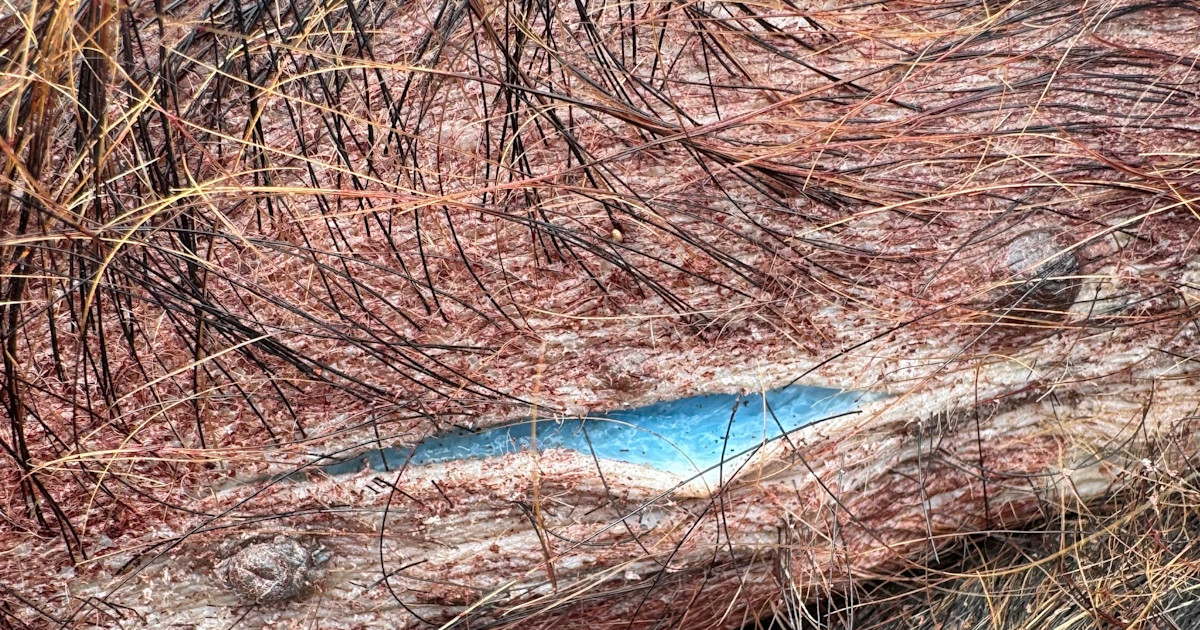Well, this is strange: blue meat has been turning up in wild hogs killed in California.
Dan Burton, the owner and operator of Urban Trapping Wildlife Control, first noticed the unusual tissue in feral pigs back in March, when he began trapping the hogs on a commercial farm in Monterey County, a known hot spot for non-native wild hogs in the state. The property was on the edge of the Salinas River, and the pigs entered the ag field from the riparian habitat.
Burton donates meat from the pigs he traps under depredation permits. But as he was cutting some of these pigs open, he noticed something was amiss. “The fatty tissue was a fluorescent blue,” he told MeatEater. “It reminded me of a slushy blue. It was very obvious something was wrong with this animal.”
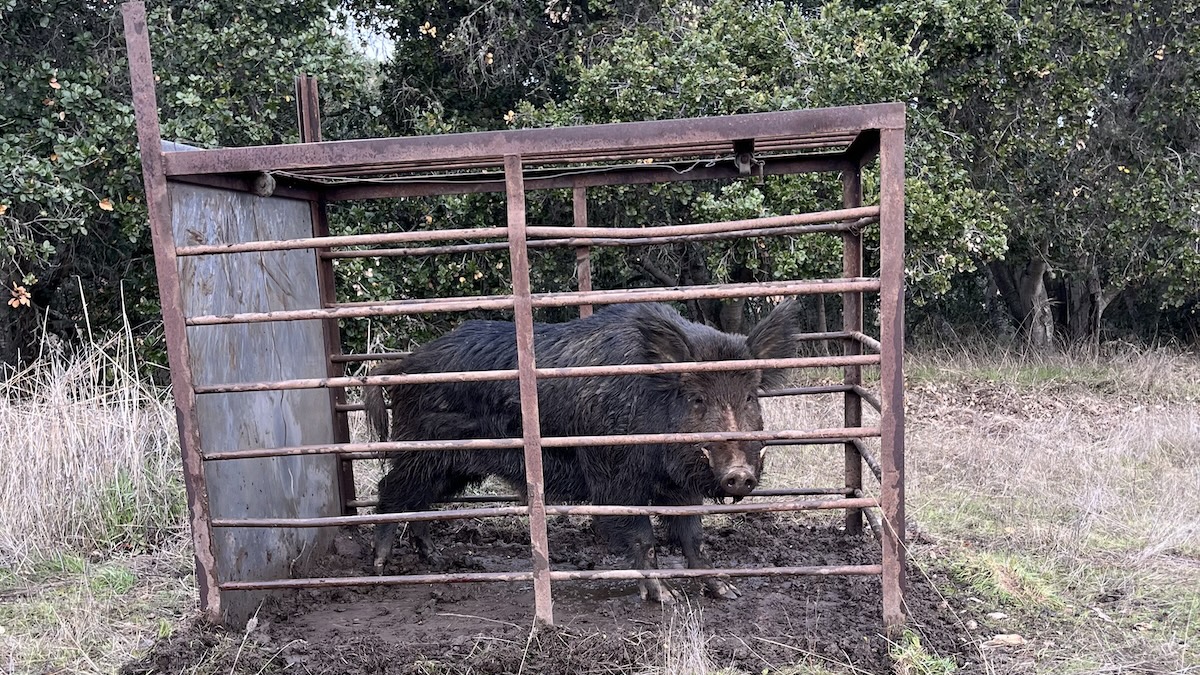
Burton reported the incident to a local California Department of Fish and Wildlife (CDFW) biologist, who told him it was likely that the pig had ingested rodenticide poison and to let him know if he found more strange-colored pig meat. Burton, unfortunately, did. Regularly.
“I started going out at night to see what these hogs were doing,” he said. “At this point, I had started seeing ground squirrel bait stations knocked over. Sure enough, we saw these hogs come in off the Salinas River. They were specifically targeting these ground squirrel bait stations. They would circle them and hit them with the bridges of their noses. And they were trying to knock it off the fence.”
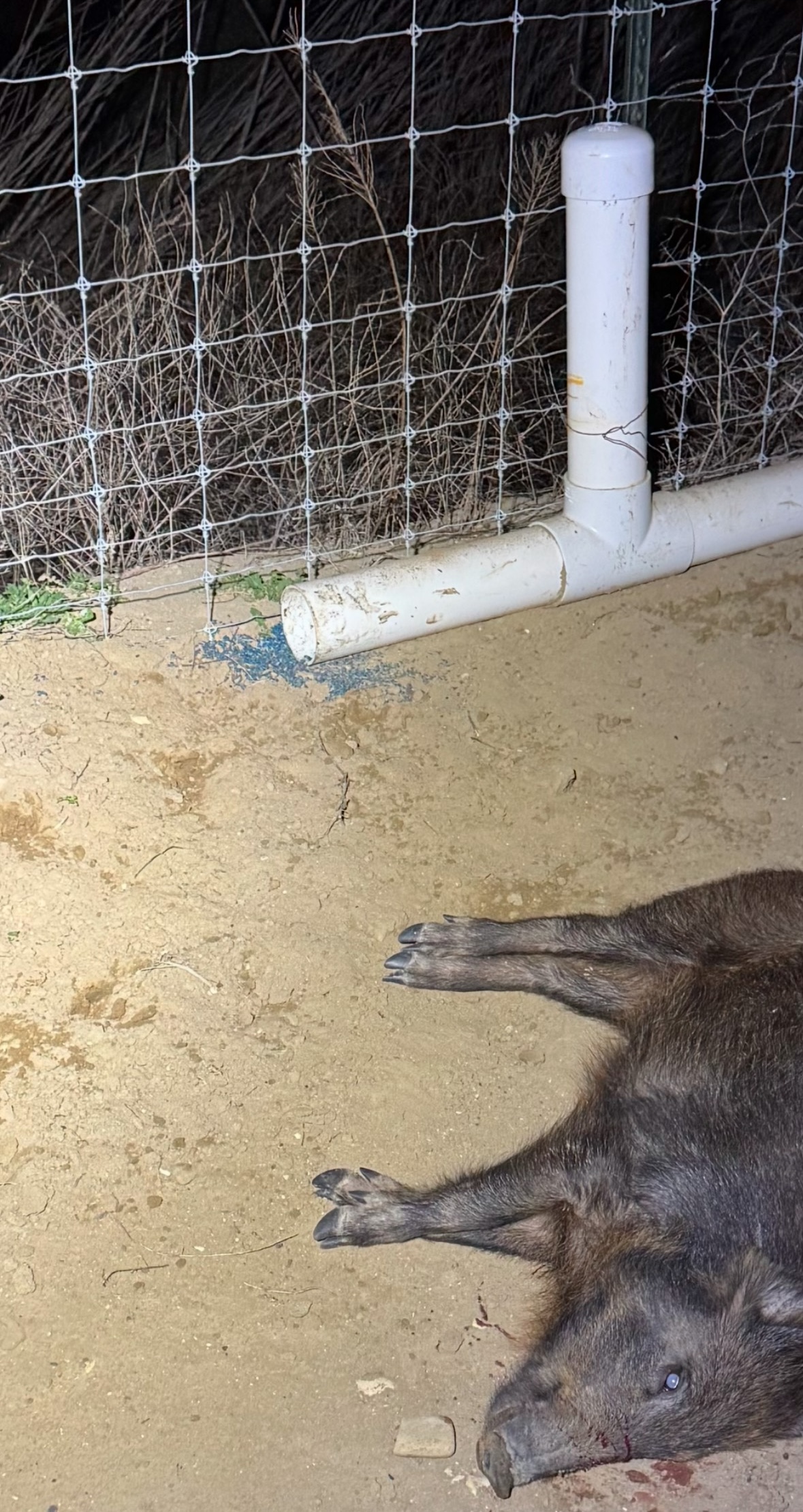
“They were just beating the heck out of these bait stations, knocking the poison out,” he adds. “And then they were fighting over this ground squirrel poison. When they got done, they would beeline it to the next one.”
Burton spotlighted the hogs and shot several of them. He submitted the tissue from one of them to CDFW, and unsurprisingly, it tested positive for rodenticide bait, particularly the anticoagulant rodenticide diphacinone. Anticoagulant poisons disrupt blood clotting in animals that consume them.
“The ground squirrel traps had oats covered in the blue poison,” says Burton. “I don’t know if the hogs had become almost addicted to the rodenticide or if they were just hooked on the oats. Pigs don’t really go crazy for just general oats… that makes me think that they kind of got a taste for this rodenticide.”
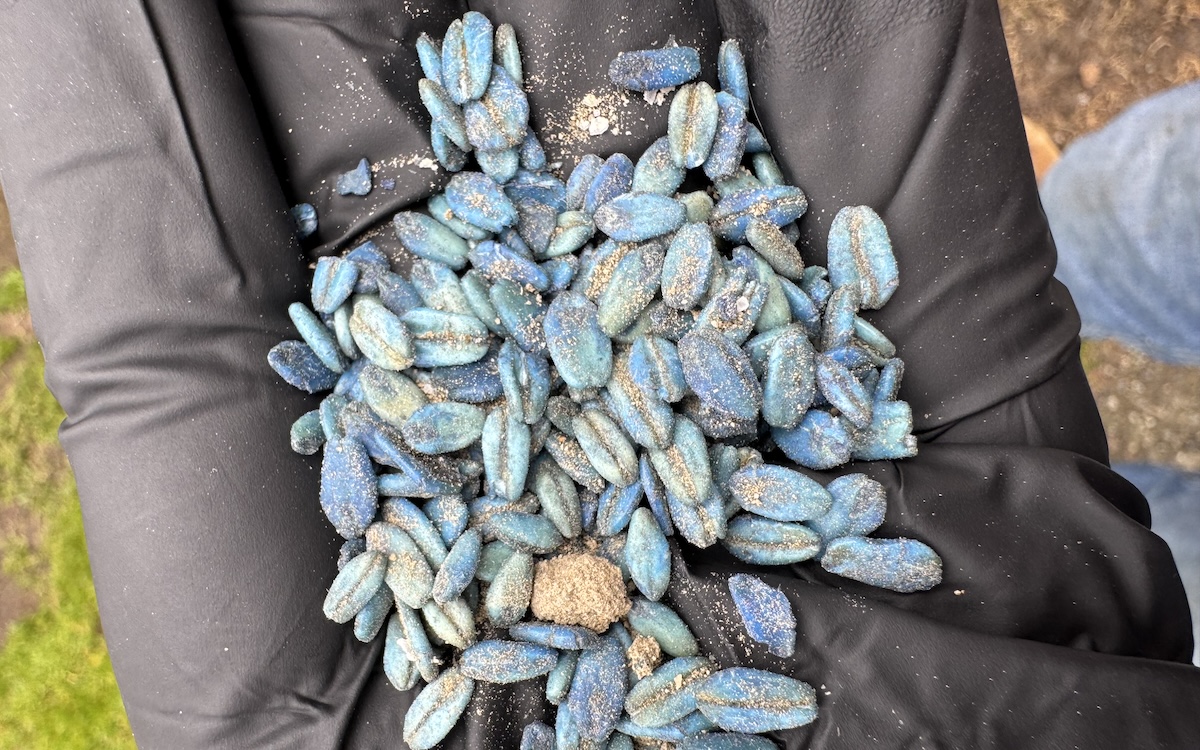
In July, CDFW issued a press release warning hunters and the general public to keep a lookout for contaminated meat in pigs and other wildlife, particularly near urban areas and ag operations.
“Hunters should be aware that the meat of game animals, such as wild pig, deer, bear, and geese, might be contaminated if that game animal has been exposed to rodenticides,” said CDFW Pesticide Investigations Coordinator Dr. Ryan Bourbour. “Rodenticide exposure can be a concern for non-target wildlife in areas where applications occur in close proximity to wildlife habitat.”
In the meantime, Burton finished trapping the property with the contaminated pigs by the end of May. The farm also installed more tamper-resistant ground squirrel bait traps. CDFW information officer Krysten Kellum told MeatEater that, despite Burton’s observations, the agency has not had any indications that there’s a wider issue with feral pigs targeting bait traps.
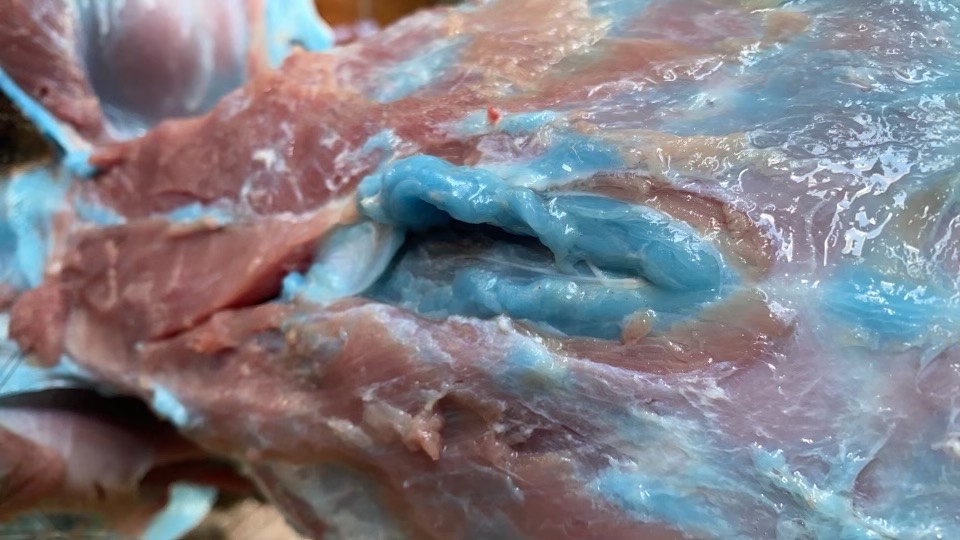
“We haven’t had any additional reports since that occurrence in March, but it depends on people reporting it to us,” she said. “That’s why we’re asking wildlife trappers and hunters to report abnormalities in wildlife. We need people’s help to track this.”
Past research has shown that wildlife in California can be exposed at significant rates to poisons. In fact, a 2018 scientific study there showed significant exposure to rodenticides among the state’s big game populations. The results were particularly shocking for wild pigs and black bears that frequented agricultural and residential areas where rodenticides are common, with 8.3% of wild hogs and a whopping 83% of bruins testing positive for them. Thankfully, the poisons were not detected in any mule deer from the sample.
The agency is urging landowners to be diligent about not exposing wildlife to rat poisons by using appropriate bait stations and taking other steps to ensure that wildlife other than rodents aren’t using areas where they apply pesticides. “We’re definitely taking this very seriously and looking into ways to spread the word and inform the public,” Kellum said.
Read the full article here

